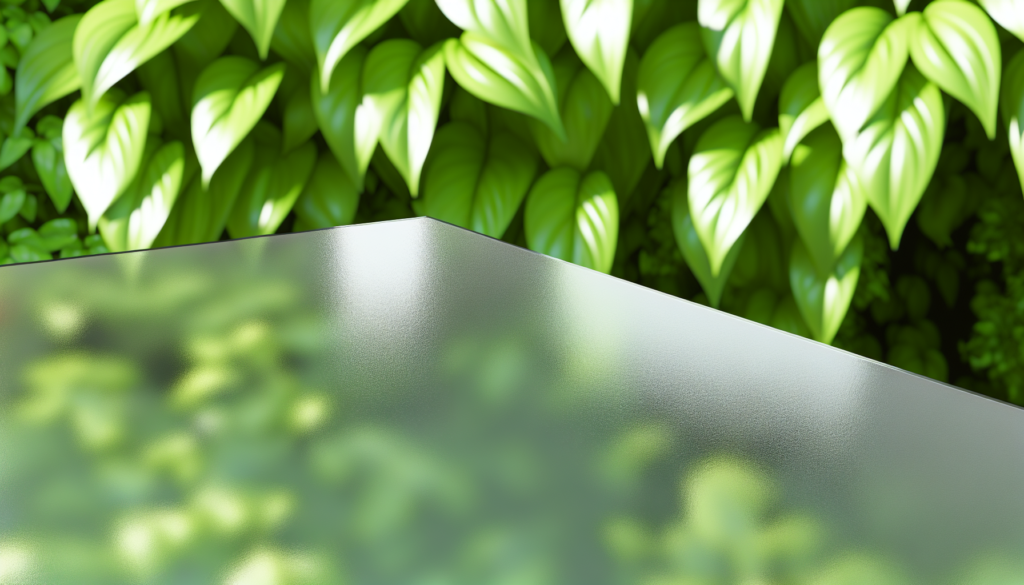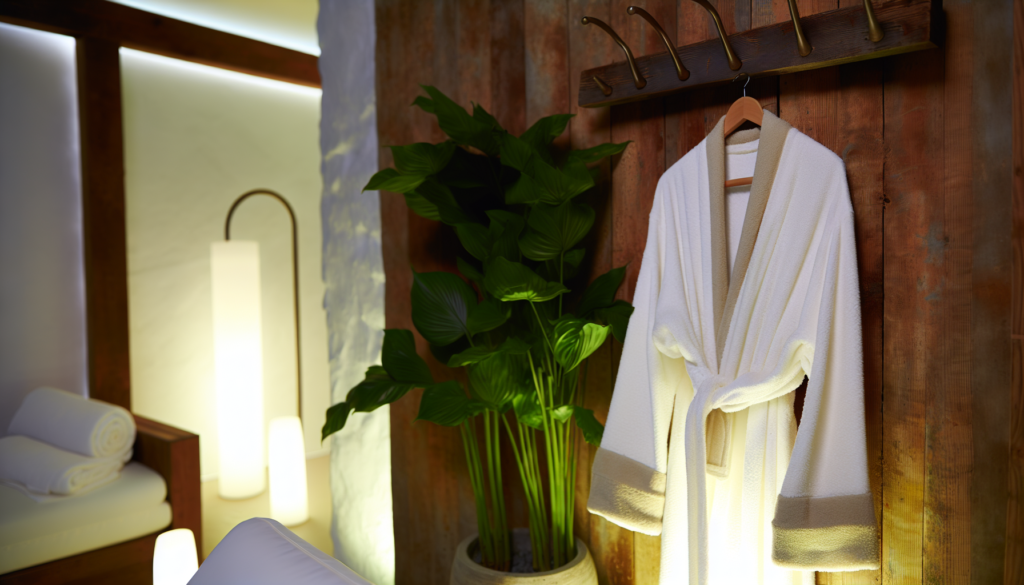Navigating the world of skincare can feel like solving a puzzle, especially when you’re dealing with the seemingly contradictory combination of dry and acne-prone skin. It’s like your face can’t decide what it wants! One day you’re battling flakiness, and the next, you’re waking up to new breakouts. If this sounds familiar, you’re not alone. Many people struggle with this frustrating skin type that requires special attention and a carefully balanced approach. The good news? With the right routine and products, it’s absolutely possible to tackle both issues simultaneously and achieve that healthy, glowing complexion you’ve been dreaming of. Let’s explore the ultimate skin care routine for dry, acne-prone skin that actually works.
Understanding Dry, Acne-Prone Skin: A Unique Challenge
When most people think of acne, they imagine oily skin. But the truth is, dry skin can be just as susceptible to breakouts—sometimes even more so. Why? When your skin lacks moisture, it often overcompensates by producing more oil, creating the perfect environment for acne to thrive. Plus, the buildup of dead skin cells common with dry skin can clog pores and trigger breakouts.
The key to managing this skin type lies in finding that sweet spot: providing enough hydration without overwhelming your pores, while also addressing acne concerns without further drying out your skin. It’s a delicate balance, but entirely achievable with the right approach.
Morning Routine: Setting Your Skin Up for Success
Your morning routine creates the foundation for how your skin behaves throughout the day. Here’s how to start things off right:
Step 1: Gentle Cleansing
Forget harsh, foaming cleansers that strip your skin of its natural oils. Instead, opt for a gentle, non-comedogenic cleanser that cleanses without drying. Look for ingredients like:
Lukewarm water is your friend here—hot water can further dehydrate already dry skin. And remember, less is more. You don’t need to scrub aggressively; gentle circular motions will do the trick.
Step 2: Hydrating Toner
Forget everything you know about traditional astringent toners. For dry, acne-prone skin, you need something that adds moisture while prepping your skin for the next steps. Alcohol-free formulations with ingredients like glycerin, aloe vera, or rose water can help balance your skin’s pH while providing that first layer of hydration.
Step 3: Treatment Serum
This is where you can target your acne concerns without compromising hydration. Look for serums containing:
The trick is using active ingredients at gentler concentrations than what’s typically recommended for oily skin. This way, you address the acne without exacerbating dryness.
Step 4: Lightweight Moisturizer
This step is non-negotiable, even if you’re worried about breakouts. Choose a lightweight, non-comedogenic moisturizer that provides hydration without heaviness. Ingredients to look for include:
Step 5: Sunscreen – Always!
Many acne treatments can make your skin more sensitive to the sun, and UV damage can worsen both dryness and acne. A lightweight, oil-free SPF 30+ formula is essential. Mineral sunscreens with zinc oxide often work well for acne-prone skin, offering the added benefit of some anti-inflammatory properties.
Evening Routine: Repair and Restore
Nighttime is when your skin repairs itself, making your evening routine crucial for addressing both dryness and acne.
Step 1: Double Cleanse (When Wearing Makeup)
Start with a gentle cleansing oil or balm to break down makeup and sunscreen, then follow with your regular gentle cleanser. This ensures you’re removing all potential pore-clogging residue without stripping your skin.
Step 2: Exfoliate (2-3 Times Weekly)
Regular, gentle exfoliation is key for preventing the buildup of dead skin cells that can clog pores. But here’s the catch—harsh physical scrubs can irritate acne and damage dry skin. Instead, try:
Start with just once weekly and gradually increase frequency as your skin adjusts.
Step 3: Treatment Products
Evenings are ideal for using slightly more potent acne treatments. Consider:
The key is starting with lower concentrations and using these products just 2-3 times weekly at first, gradually increasing as tolerated.
Step 4: Rich Moisturizer
At night, you can use a slightly richer moisturizer than during the day. Look for products containing ingredients like:
Some people benefit from applying a thin layer of petroleum jelly or similar occlusive just on the driest areas (avoiding acne-prone zones) to lock in moisture.
Weekly Treatments: Extra Care for Stubborn Issues
Once a week, give your skin some extra attention with:
Hydrating Masks
Look for sheet masks or gel-based hydrating masks with soothing ingredients like aloe, centella asiatica, or honey. They can provide intensive moisture without triggering breakouts.
Clay Masks – But Not How You Think
Clay masks are great for acne, but they can be drying. The solution? Apply them only to your acne-prone areas (like the T-zone) rather than all over. Or try a clay mask that also contains hydrating ingredients like glycerin or hyaluronic acid.
Lifestyle Factors That Make a Difference
Your skincare routine is just part of the equation. Don’t forget these important factors:
When to See a Dermatologist
If you’ve been consistent with your skin care routine for dry, acne-prone skin for 8-12 weeks and aren’t seeing improvement, it might be time to consult a dermatologist. They can recommend prescription treatments like topical antibiotics, specialized retinoids, or even hormonal interventions that might be more effective for your specific situation.
Dealing with both dryness and acne can be frustrating, but with patience and the right approach, you can achieve balanced, clear skin. Remember that consistency is key, and it may take time to see results. Pay attention to how your skin responds to different products and don’t be afraid to adjust your routine accordingly. Your perfect balance is out there, and finding it will be worth all the effort when you finally achieve that healthy, radiant complexion that requires minimal makeup and gives you maximum confidence. The ultimate skin care routine for your unique skin type is the one that you customize to work perfectly with your body’s needs.







